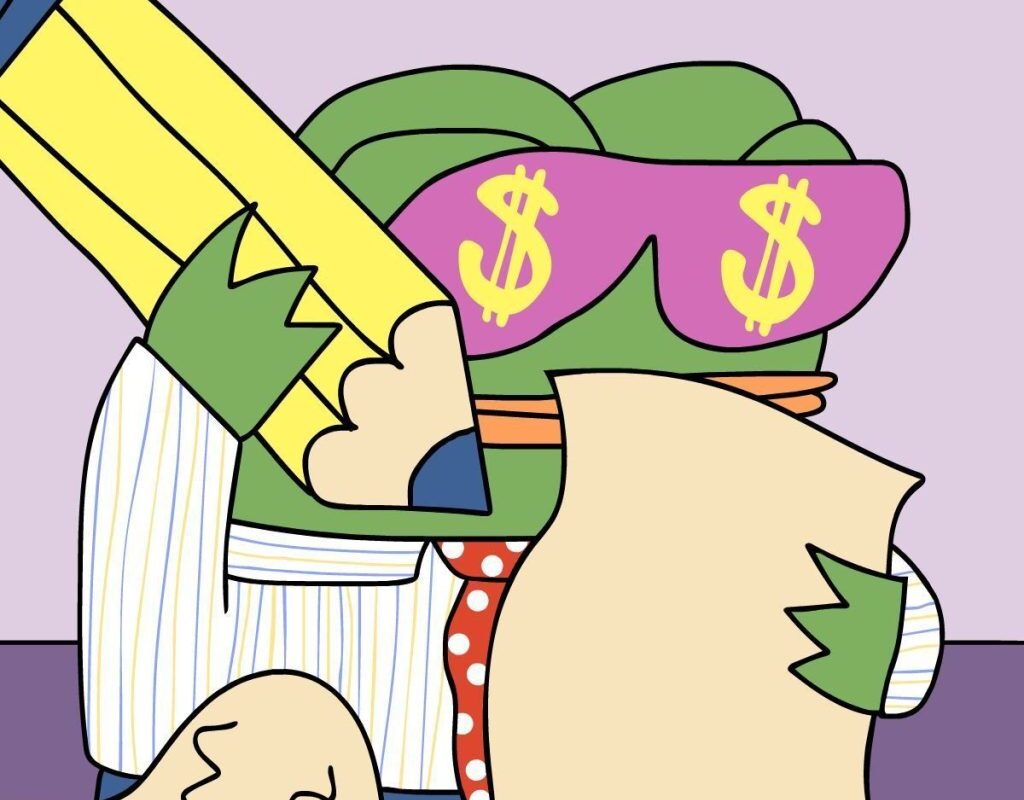Fed Chair Jerome Powell’s Speech Tomorrow Could Trigger a Crypto Market Crash – Here’s What to Expect

Federal Reserve Chair Jerome Powell is set to deliver a keynote speech on the U.S. economic outlook and monetary policy at the National Association for Business Economics (NABE) annual meeting in Philadelphia on Tuesday.
The speech, titled “Economic Outlook and Monetary Policy,” comes at a volatile time for global markets reeling from renewed U.S.–China trade tensions and sharp corrections in digital assets.
Powell’s remarks could influence expectations around interest rate cuts and broader monetary policy, potentially determining whether the current downturn in crypto worsens or stabilizes.
Crypto Markets Brace for Powell’s Speech After Trump Tariff Turmoil
Last week, President Donald Trump reignited trade tensions with Beijing by announcing plans to impose a 100% tariff on all Chinese goods imported into the United States starting November 1.
The announcement rattled markets worldwide, with the total crypto market cap plunging by over $125 billion within hours.
Bitcoin, which had climbed above $122,000 earlier in the week, plunged below $105,000 following Trump’s announcement and briefly dipped under $102,000 on Saturday.
Ethereum fell nearly 20% during the same window, while Solana, XRP, and BNB recorded losses between 12% and 18%.
The sharp decline triggered massive liquidations across exchanges. Data from CoinGlass showed over 1.66 million traders were wiped out in 24 hours, resulting in $19.33 billion in liquidated positions.
Bitcoin and Ethereum alone accounted for nearly $10 billion of those losses, making it one of the year’s most severe deleveraging events.
Additionally, the Crypto Fear & Greed Index plunged from a “Greed” level of 64 on Friday to 27 (“Fear”) on Saturday, its lowest in six months.
According to Santiment, Friday’s sell-off was not just about tariffs.
The analytics firm said retail traders were quick to “rationalize” the downturn by blaming the U.S.–China standoff, but deeper structural factors were at play, such as excessive leverage and overextended long positions.
Analysts at The Kobeissi Letter agreed, describing the event as a “forced unwind” in an overcrowded market heavily biased toward long exposure.
Analysts say Powell’s upcoming remarks could either deepen or stabilize the current market turmoil. Traders are watching closely for any guidance on the timing and size of potential interest rate cuts.
Adding to the uncertainty, the Federal Reserve is expected to cut interest rates by 25 basis points in both October and December, with futures markets showing 97% and 89% odds, respectively.
Powell’s Tuesday address may clarify the central bank’s view on inflation, growth, and the impact of tariffs on the U.S. economy. His tone could either reassure markets or exacerbate fears of an economic slowdown.
A more hawkish tone from Powell, suggesting rates will stay higher for longer, could reignite selling pressure across crypto and equities, both of which have traded increasingly in sync with broader risk sentiment.
Bitcoin and Ether Rebound as Trump Signals Softer Tone Toward China
While markets partially rebounded on Monday, the recovery remains fragile. Bitcoin rose 4.5% to $115,459, while Ether gained 11.3% to $4,161 after Trump and Vice President JD Vance struck a softer tone on Sunday, indicating openness to trade talks with Beijing.
“Don’t worry about China, it will all be fine,” Trump posted on Truth Social, calling Chinese President Xi Jinping “highly respected” and suggesting the U.S. wanted to “help, not hurt” China.
Still, tensions remain high. Beijing has warned that it will retaliate if Washington enforces the 100% tariffs.
China’s commerce ministry said the country “does not want a trade war but is not afraid of it,” vowing to “take resolute measures” to protect its interests.
Meanwhile, in commodities, gold and silver extended their rallies as investors sought safety. Gold hit $4,200 per ounce, while silver touched $51.70, both reaching record highs.
Bank of America raised its 2026 gold price forecast to $5,000, citing persistent geopolitical risks, strong central bank demand, and growing expectations for Fed rate cuts.
In April, President Donald Trump imposed sweeping tariffs of up to 125% on Chinese imports after unveiling a broader policy that established a 10% baseline tariff on all imports and introduced reciprocal duties.
China retaliated immediately with equivalent measures, warning it would “fight to the end.”
In May, the United States and China agreed to temporarily roll back their escalating tariffs, offering a brief reprieve to markets rattled by months of economic brinkmanship.
The deal, announced in a joint statement from Geneva, grants both sides a 90-day window to negotiate further cooperation.
Under the agreement, Washington will slash tariffs on Chinese imports from 145% to 30%, while Beijing will cut its own levies on U.S. goods from 125% to 10%.
The post Fed Chair Jerome Powell’s Speech Tomorrow Could Trigger a Crypto Market Crash – Here’s What to Expect appeared first on Cryptonews.



